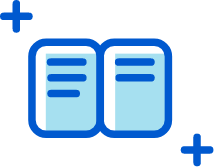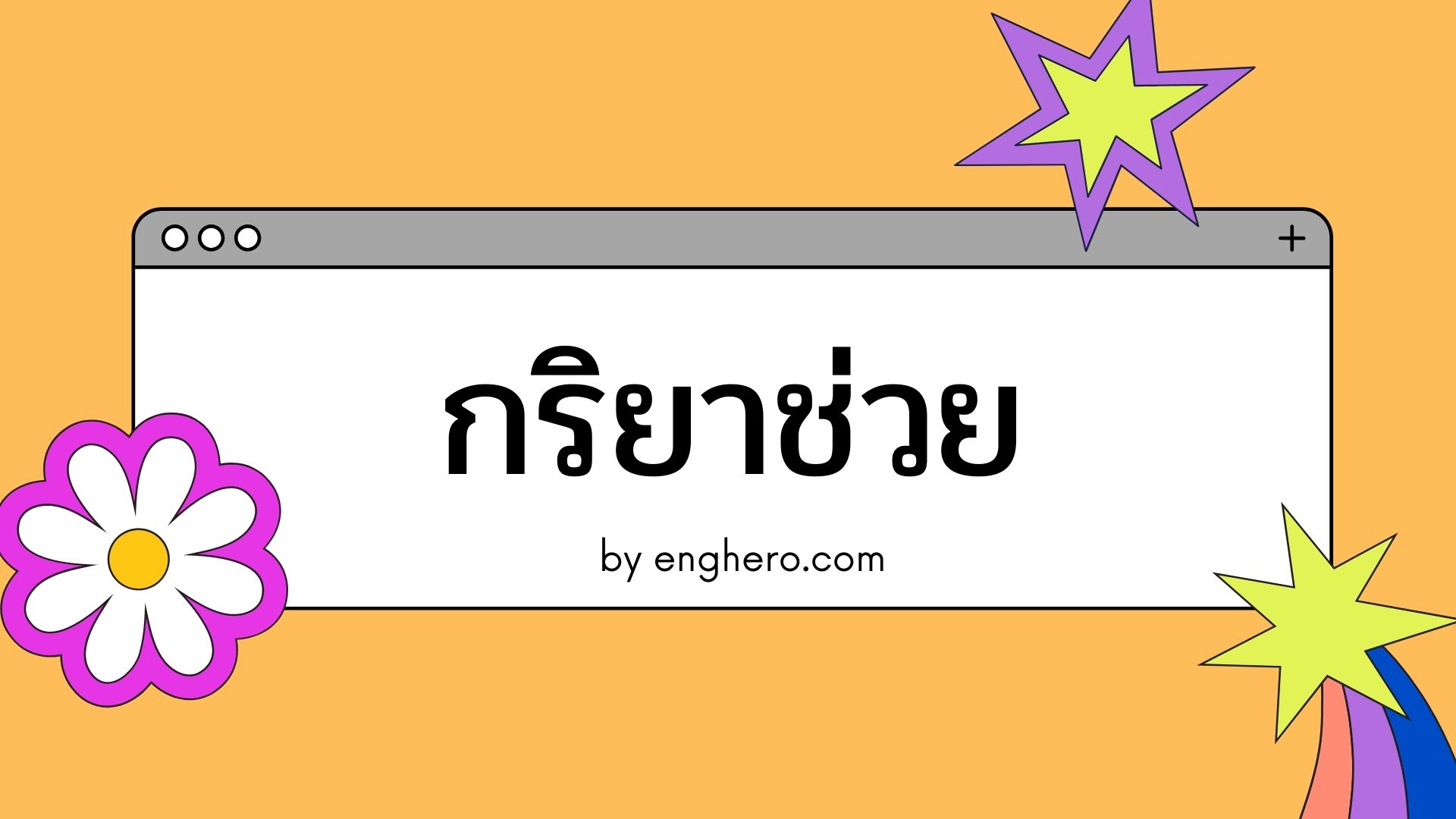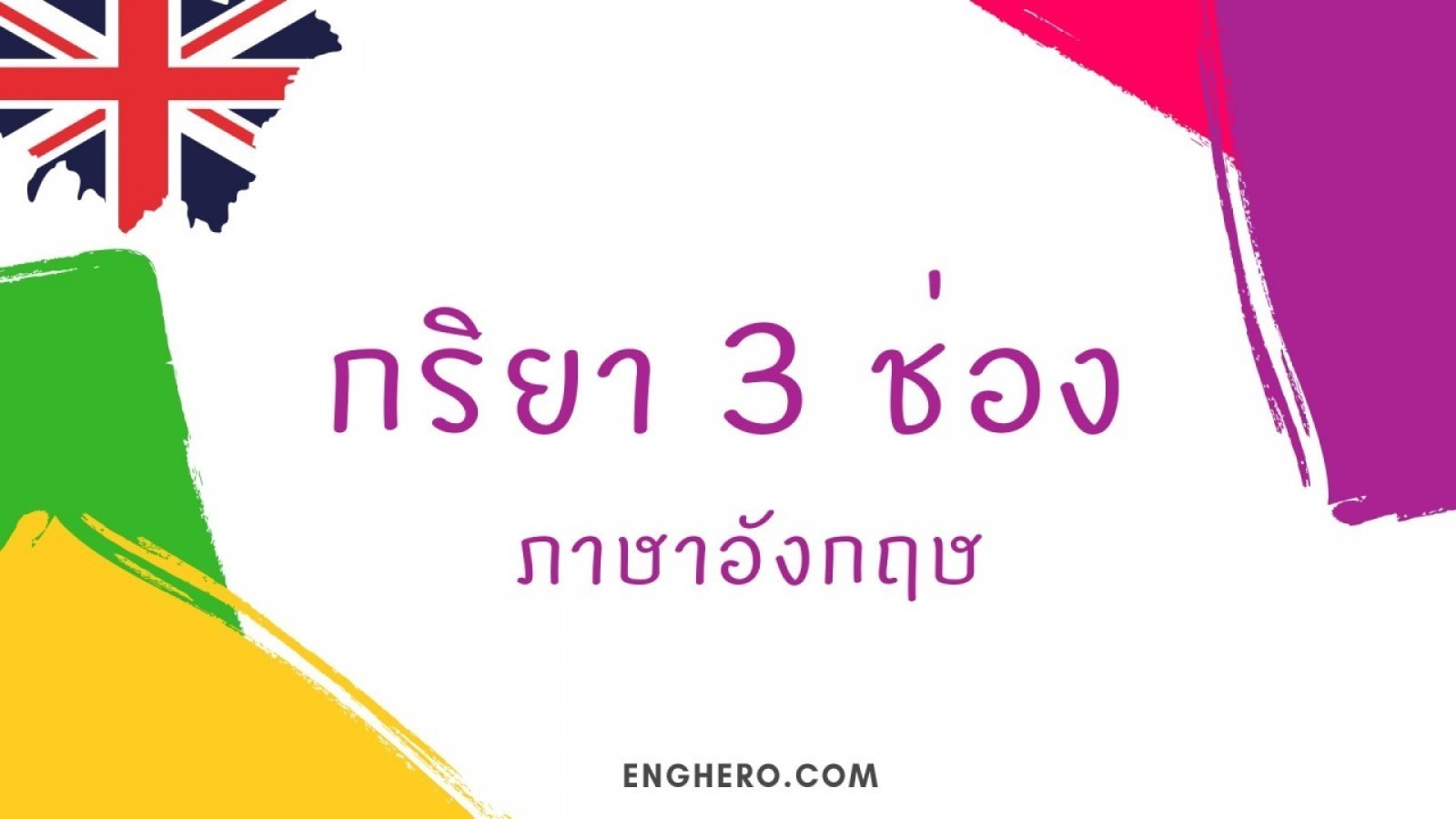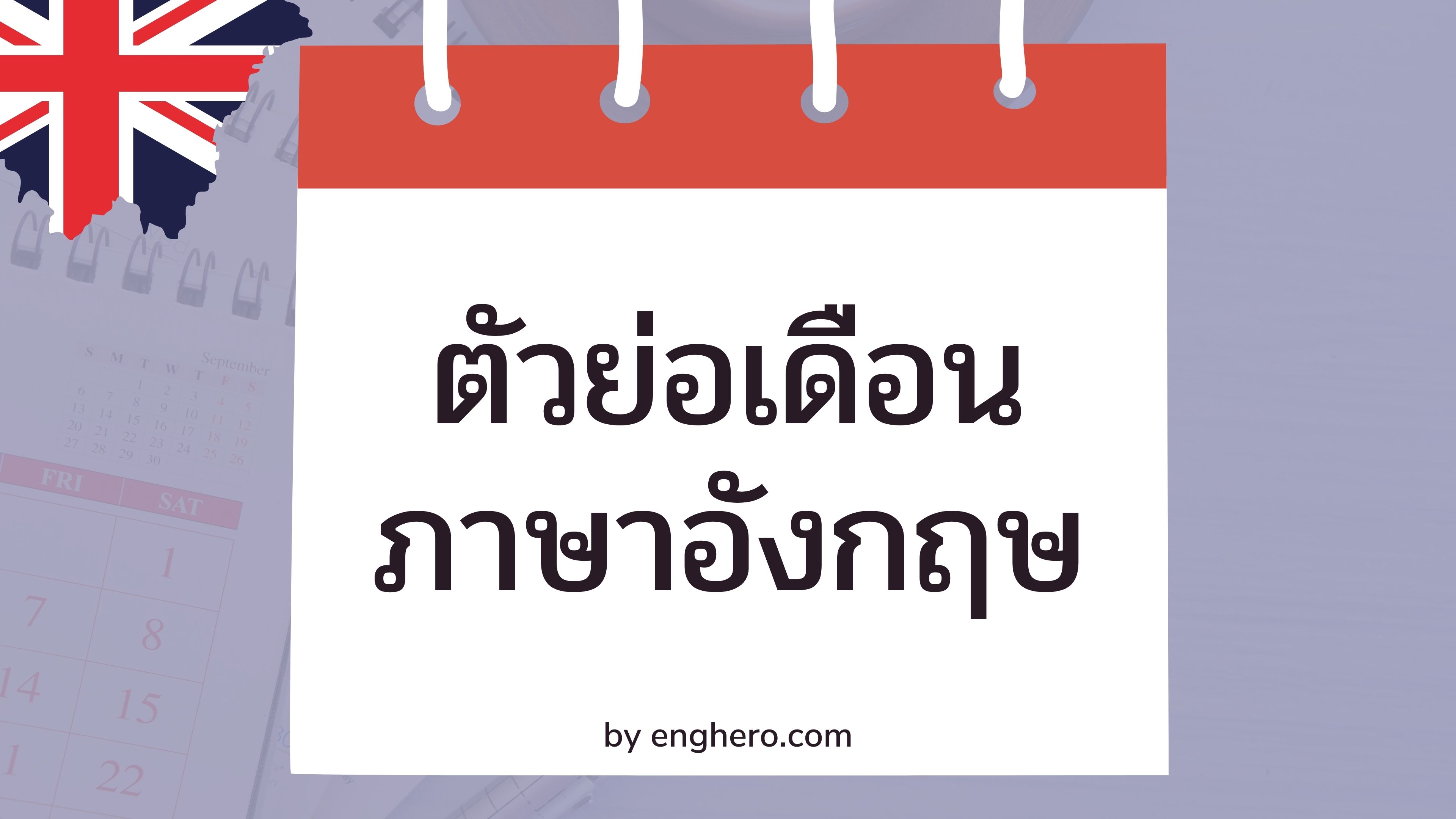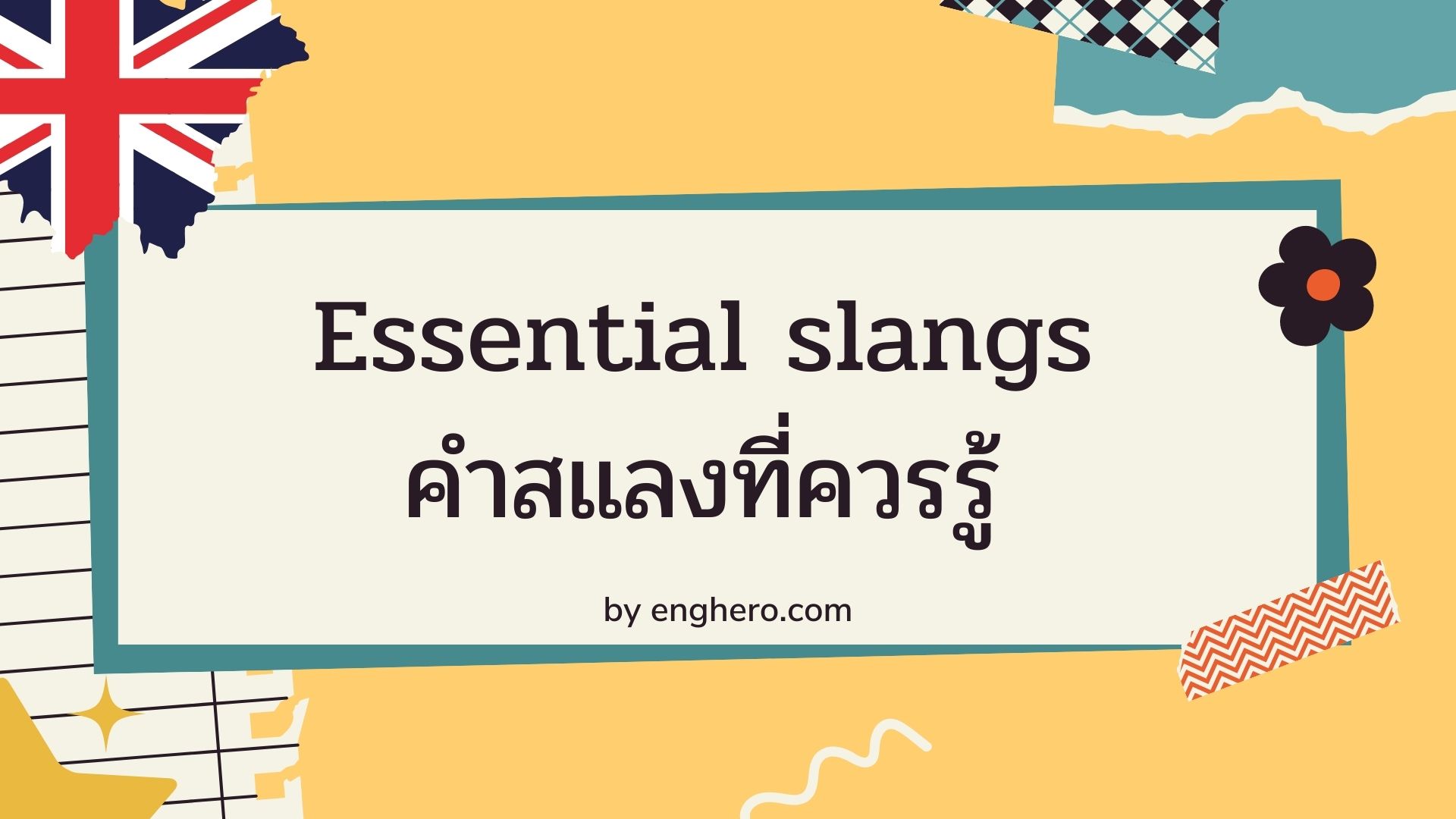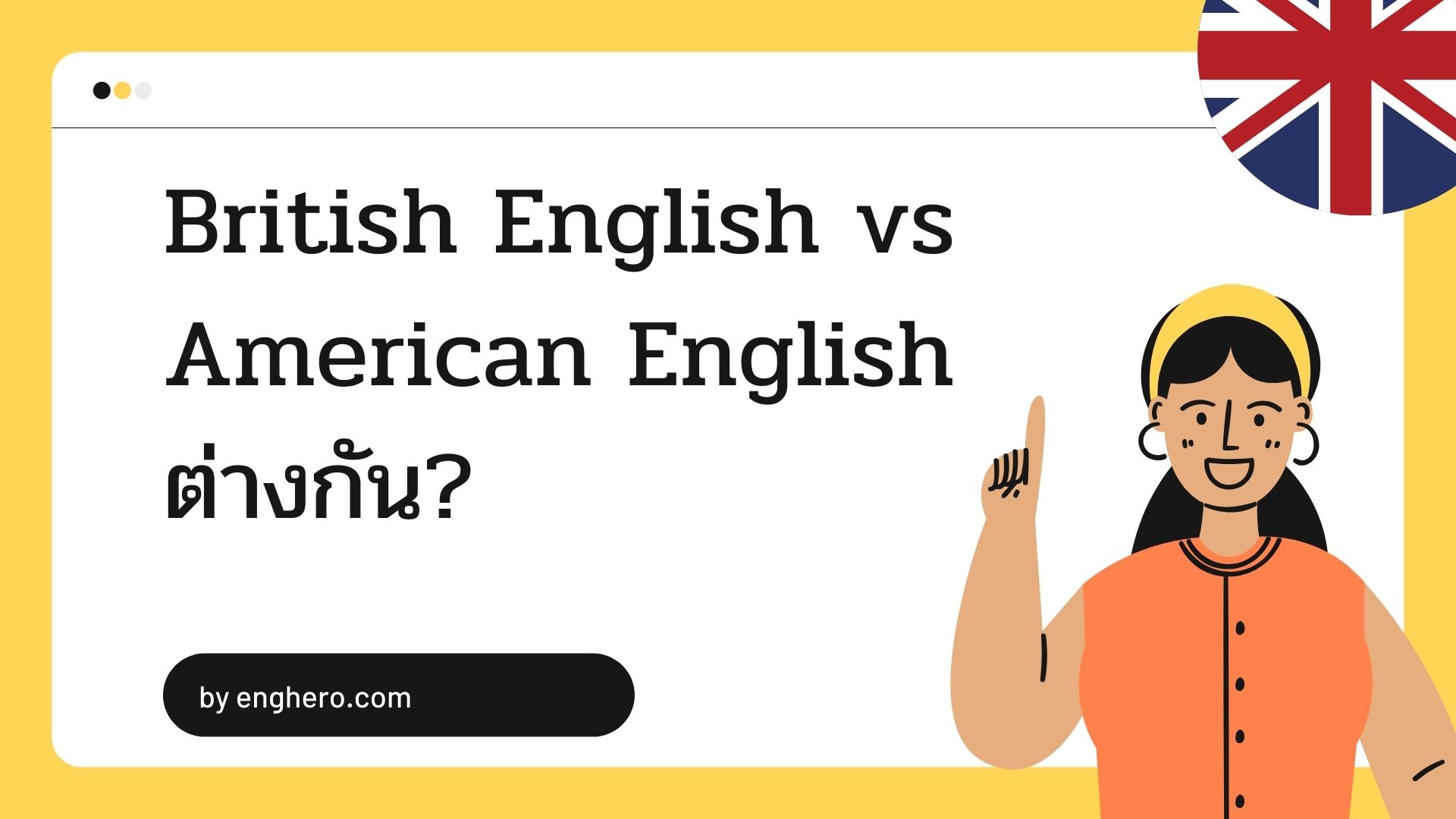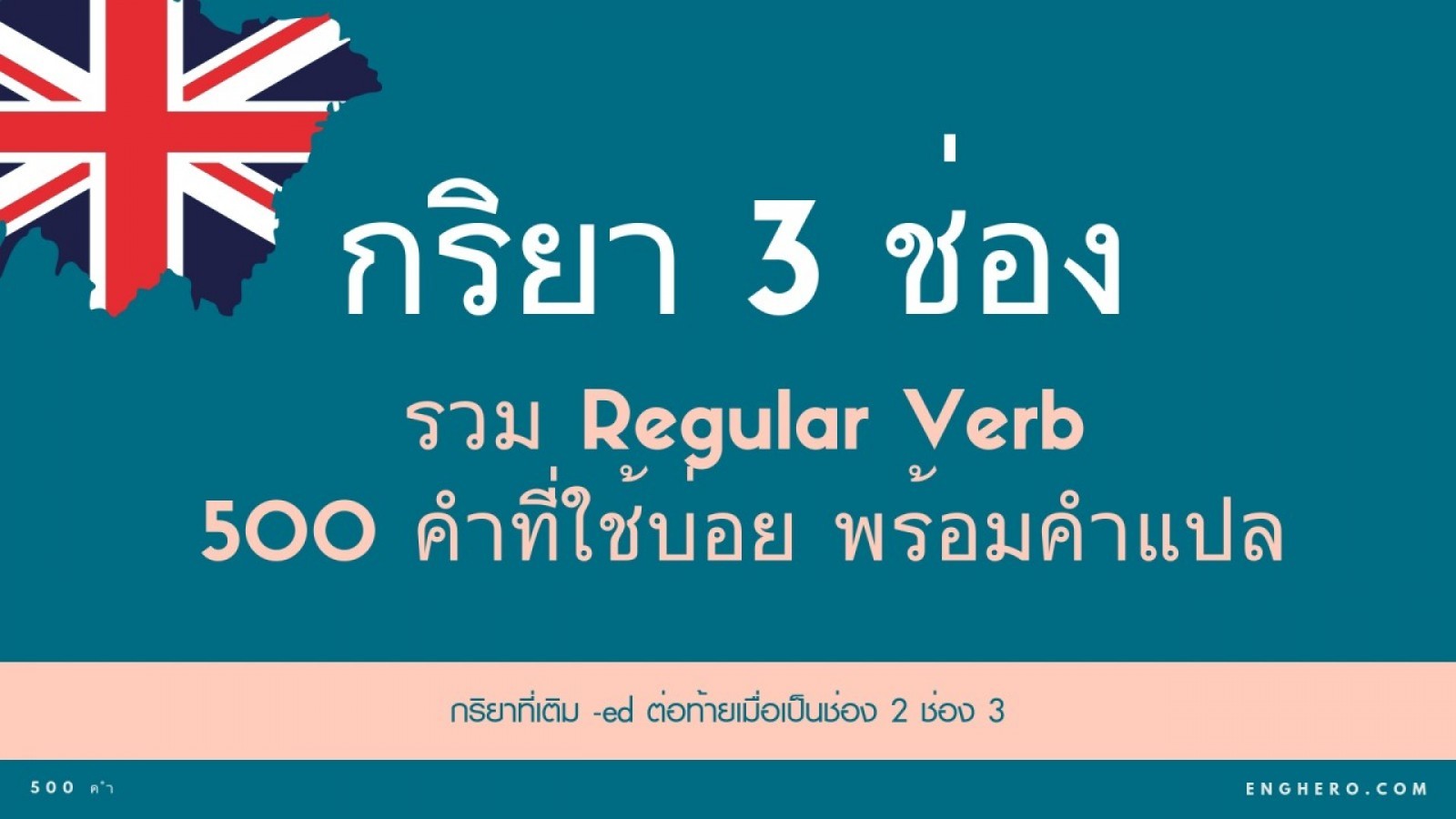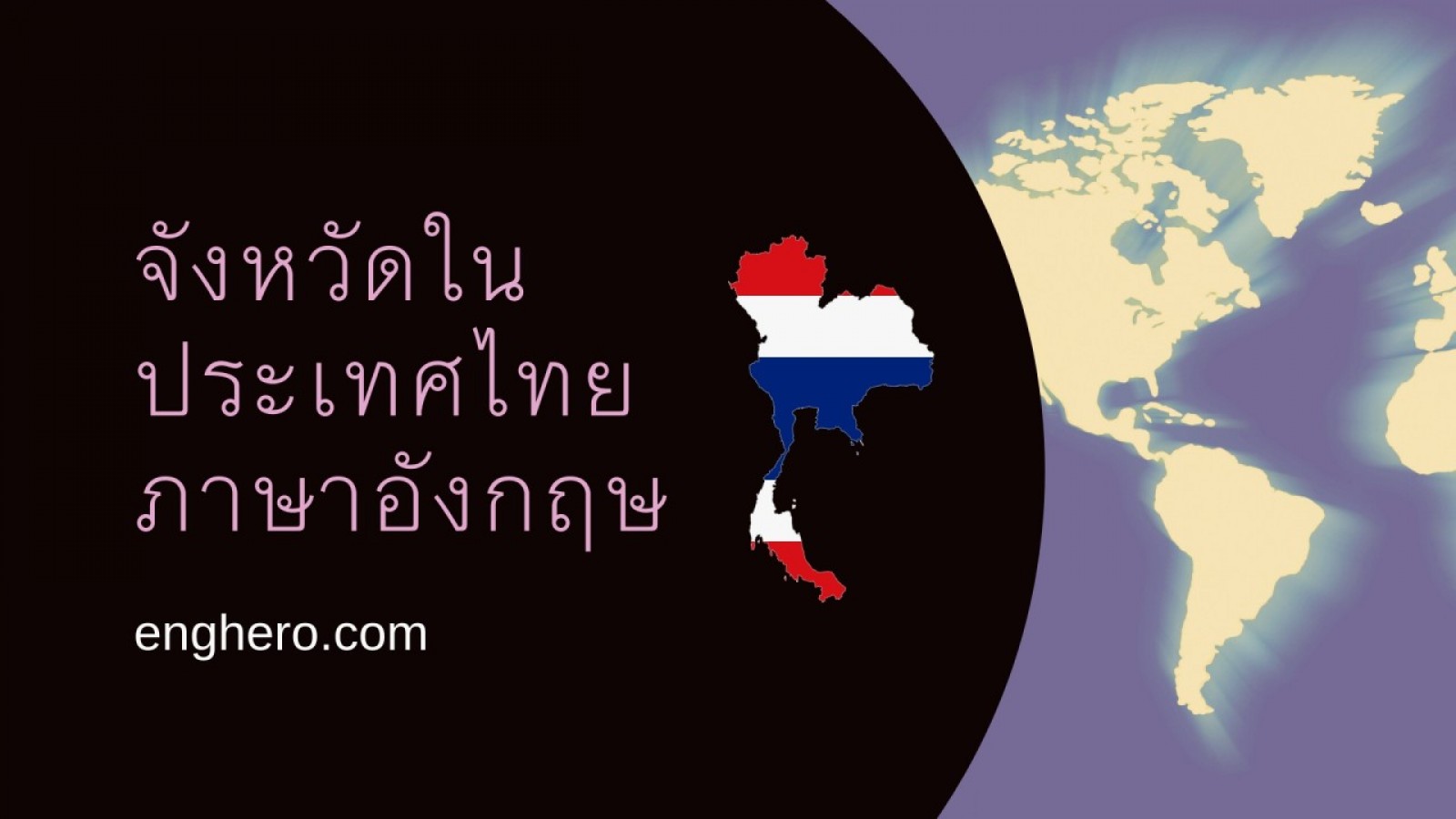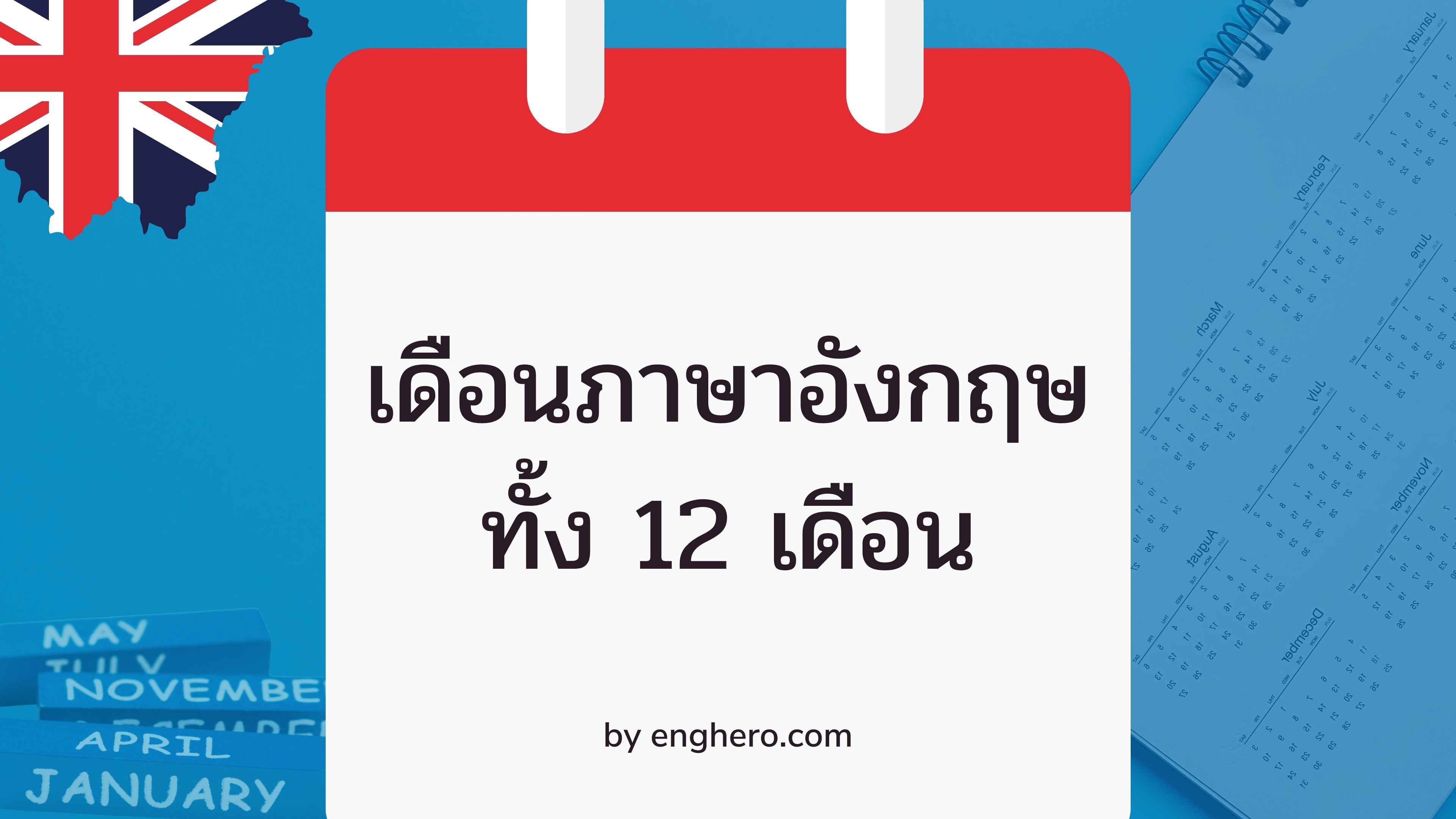คำกริยา
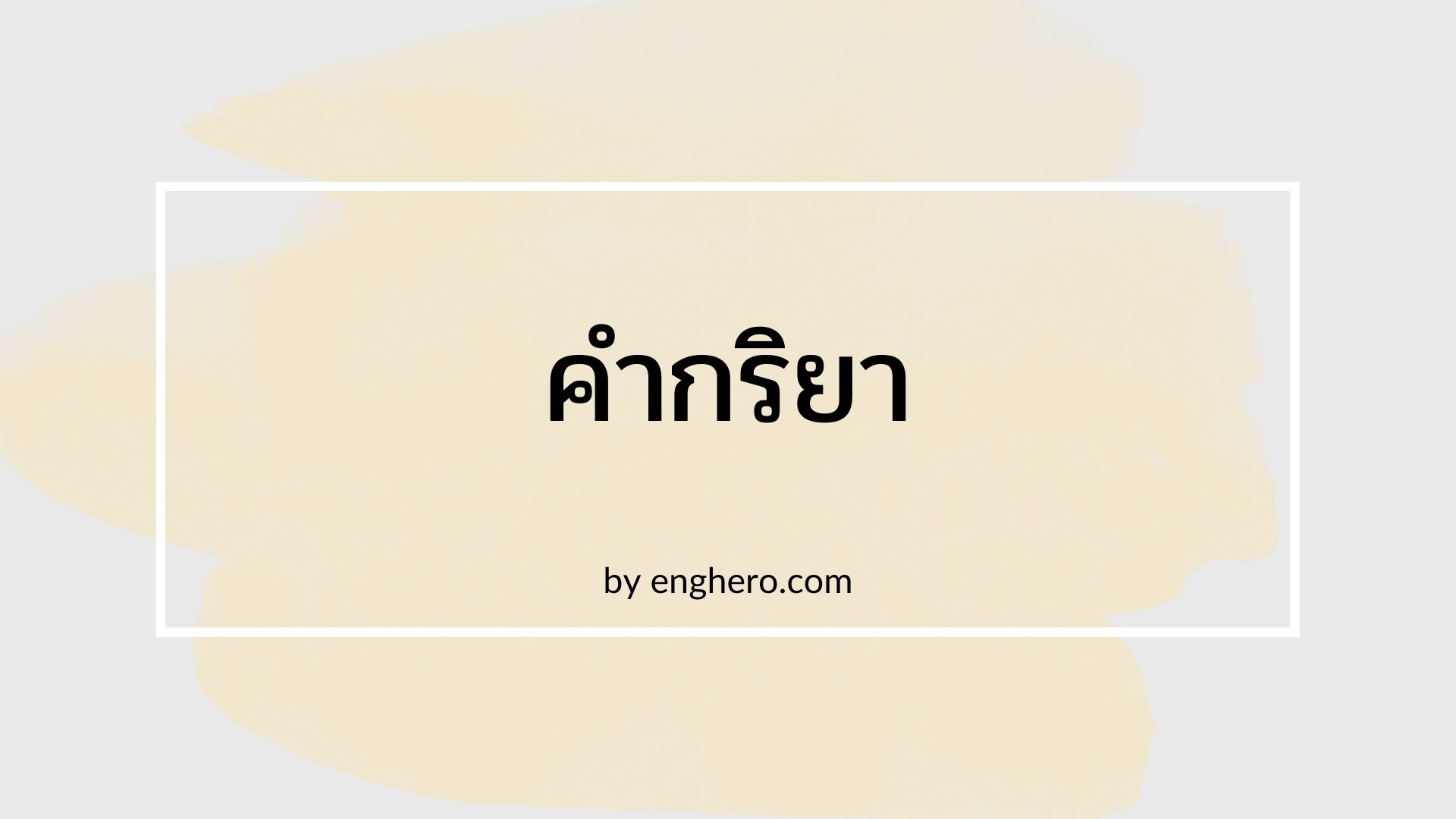
คำกริยา (verbs)
คำกริยา คือคำที่แสดงการกระทำหรือบอกสภาพของประธานของประโยค
3.1 ประเภทของคำกริยา คำกริยาอาจแบ่งออกเป็น main verbs และ auxiliary verbs
3.1.1 Main verbs คือคำกริยาแท้หรือคำกริยาหลักในประโยค ซึ่งสามารถแบ่งได้เป็น 3 ประเภทใหญ่ ๆ คือ intransitive verbs, transitive verbs และ linking verbs
1) Intransitive verbs คือคำกริยาที่ไม่ต้องการกรรมมารองรับ เช่น run, fly swim, shout เป็นต้น
ตัวอย่าง
Jimmy ran in the field.
Some birds fly across the country.
John swims every morning.
Jane shouted for help.
2)Transitive verbs คือคำกริยาที่ต้องมีกรรมมารองรับ เช่น eat, cut, give, produce, provide เป็นต้น
ตัวอย่าง
Mary ate her dinner early today. (ate เป็นกริยาแท้ dinner เป็นกรรม)
Mother cut the cake into eight pieces. (cut เป็นกริยาแท้ cake เป็นกรรม)
Father gave John a watch. (gave เป็นกริยาแท้ John เป็นกรรมรอง watch เป็นกรรมตรง)
3) Linking verbs คือคำกริยาที่เชื่อมประธานกับคำนามหรือคำคุณศัพท์ที่ตามมา ได้แก่ รูปต่าง ๆ ของคำกริยา BE, seem, look, become, turn, smell, sound, taste, feel, etc. คำกริยาประเภทนี้จะต้องมีส่วนเสริมประธาน (subject complement) ส่วนเสริมประธานอาจเป็นคำนามหรือคุณศัพท์ก็ได้
ตัวอย่าง
Peter is a businessman. (is เป็น linking verb และ businessman เป็นคำนามที่ทำหน้าที่เป็นส่วนเสริมประธาน)
Mary looks happy today. (looks เป็น linking verb และ happy เป็นคำคุณศัพท์ที่ทำหน้าที่เป็นส่วนเสริมประธาน)
Jack became a famous politician. (became เป็น linking verb และ politician เป็นคำนามที่ทำหน้าที่เป็นส่วนเสริมประธาน famous เป็นคำคุณศัพท์ที่ทำหน้าที่ขยาย politician)
3.1.2 Auxiliary verbs แบ่งออกเป็น 2 ประเภทใหญ่ ๆ คือ primary auxiliary verbs และ modal auxiliary verbs
1) Primary auxiliary verbs ได้แก่ รูปต่าง ๆ ของคำกริยา BE, DO และ HAVE คำกริยาประเภทนี้อาจเป็นได้ทั้งกริยาแท้และกริยาช่วย
ตัวอย่าง
She does her homework every night. (does เป็นกริยาแท้)
She does not like to go out at night. (does เป็นกริยาช่วย)
I am a computer engineer. (am เป็นกริยาแท้)
I am going to Singapore next Saturday. (am เป็นกริยาช่วย going เป็นกริยาแท้)
Susan has a beautiful house on the mountain. (has เป็นกริยาแท้)
Nobody has seen Susan since Monday. (has เป็นกริยาช่วย seen เป็นกริยาแท้)
2) Modal auxiliary verbs ได้แก่ can, could, shall, should, will, would, may, might, must, ought, to, need, dare กริยาประเภทนี้จะใช้คู่กับกริยาแท้ของประโยค จะอยู่ตามลำพังไม่ได้ ยกเว้นในกรณีตอบคำถามแบบสั้นหรือใช้ในกรณีที่มีการละกริยาแท้เนื่องจากมีการกล่าวถึงมาแล้ว
ตัวอย่าง
A: We will fly Thai International.
B: Wouldn’t you like to fly other airlines?
A: No, I wouldn’t.
If John is going to the concert, I will, too.
3.2 ตำแหน่งของคำกริยาในประโยค
คำกริยามักอยู่หลังประธานของประโยค ในประโยคที่มีกริยาช่วย กริยาช่วยจะอยู่หน้ากริยาแท้ ยกเว้น ในประโยคคำถาม ซึ่งกริยาช่วยจะอยู่หน้าประธาน
ตัวอย่าง
John works at the ABC company.
Peter will leave for Hong Kong next week.
Students should spend more time studying.
Does John work at the ABC company?
Will Peter leave for Hong Kong next week?
Should students spend more time studying?
3.3 รูปของคำกริยา
คำกริยาแท้โดยทั่วไปจะมี 5 รูปคือ
3.3.1 รูปที่ยังไม่ได้ผัน (base form) เช่น walk, speak, hear, cut
3.3.2 รูปที่ลงท้ายด้วย s (-s form) เช่น walks, speaks, hears, cuts
3.3.3 รูปอดีต (past form) เช่น walked, spoke, heard, cut
3.3.4 รูป present participle เช่น walking, speaking, hearing, cutting
3.3.5 รูป past participle เช่น walked, spoken, heard, cut
รูป past form และ past participle ตามปกติจะเกิดจากการเติม –ed ท้ายรูปที่ยังไม่ได้ผัน ยกเว้นคำกริยา irregular verbs ซึ่งจะมีวิธีผันเฉพาะตัว การจดจำรูป past form และ past participle ของ irregular verbs เป็นสิ่งจำเป็นอย่างยิ่ง
รูปของคำกริยาจะผันไปตาม tense และพจน์และบุรุษของประธาน
ตัวอย่าง
Present Simple Tense
He/She/It sings.
I/You/We/They sing.
Present Continuous Tense
He/She/It is singing.
You/We/They are singing.
I am singing.
Present Perfect Tense
He/She/It has sung.
I/You/We/They have sung.
Present Perfect Continuous Tense
He/She/It has been singing.
I/You/We/They have been singing.
Past Simple Tense
He/She/It/I/You/We/They sang.
Past Continuous Tense
I/He/She/It was singing.
You/We/They were singing.
Past Perfect Tense
He/She/It/I/You/We/They had sung.
Past Perfect Continuous Tense
He/She/It/I/You/We/They had been singing.
Future Simple Tense
He/She/It/I/You/We/They will sing.
Future Continuous Tense
He/She/It/I/You/We/They will be singing.
Future Perfect Tense
He/She/It/I/You/We/They will have sung.
Future Perfect Continuous Tense
He/She/It/I/You/We/They will have been singing.
3.4 Prefixes และ Suffixes ที่ทำให้คำชนิดอื่นกลายเป็นคำกริยา
Prefix คือส่วนที่เติมหน้าคำ และ Suffix คือส่วนที่เติมท้ายคำ
Prefix และ Suffix อาจทำให้คำเปลี่ยนจากชนิดหนึ่งไปเป็นอีกชนิดหนึ่งหรืออาจทำให้คำมีความหมายเพิ่มเติมหรือแตกต่างออกไป
3.4.1 Prefixes ที่ทำให้คำชนิดอื่นกลายเป็นคำกริยา เช่น ac-, en- เป็นต้น
ตัวอย่าง
ac + company (n) = accompany (v) (เป็นเพื่อน เช่น เป็นเพื่อนในการเดินทาง)
ac + knowledge (n) = acknowledge (v) (แจ้ง, บอกกล่าว)
en + able (adj) = enable (v) (ทำให้สามารถ)
en + rich (adj) = enrich (v) (ทำให้รุ่งเรือง, ทำให้เจริญ)
3.4.2 Suffixes ที่ทำให้คำชนิดอื่นกลายเป็นคำกริยา เช่น -en, -ize, -ify เป็นต้น
ตัวอย่าง
short (adj) + en = shorten (v) (ทำให้สั้นลง)
real (adj) + ize = realize (v) (ตระหนัก)
pure (adj) + ify = purify (v) (ทำให้บริสุทธิ์)
ตัวอย่างการใช้คำเหล่านี้ในประโยค
John accompanied Jane to her school.
We must acknowledge receipt of his report.
The bird’s large wings enable it to fly very fast.
Music can enrich a person’s life.
Helen’s skirt is too long, so she shortened it.
Now I realize that life is not easy.
We should purify the water before drinking it.
บทความนี้อาจจะยาวไปสักหน่อย แต่เรื่องคำกริยาเป็นอะไรที่เนื้อกาเยอะ อยากให้ใช้สมาธิและอ่านบทความนี้ซำ้ๆ และทาง enghero.com จะช่วยทำ short note มาให้อีกทีจ่ะ
ขอขอบคุณและดูต่อเพิ่มเติมได้ที่ http://www.stou.ac.th/schools/sla/englishwriting/cd-rom/Module4/Presentations/verbs.htm

พูดคุย
ร่วมให้กำลังใจหรือติชม

